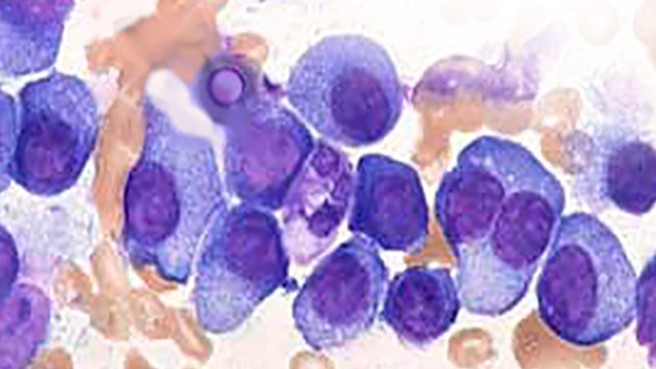
Diagnosed with SMM, SPB, or MGUS?
Learn how you can stall the development of full-blown Multiple Myeloma with evidence-based nutritional and supplementation therapies.
Click the orange button to the right to learn more.
- You are here:
- Home »
- Blog »
- Pre-Myeloma »
- SMM, Stage 1 Longer Prognosis
SMM, Stage 1 Longer Prognosis

Standard-risk patients should never be undertreated, as they derive the highest relative benefit from using the best available registered therapies. (Oncology and I disagree…)
Hi David – I found you on one of the FB groups. New diagnosis which given my lifestyle, has stunned me. I work mainly with naturopathic physicians, eat organic whole foods, take supplements, do yoga, meditate etc. I know a lot about health – but not about Smoldering Multiple Myeloma (SMM) or full-blown Multiple Myeloma.
The thought of the toxicity of what my oncologist is recommending is terrifying me. I trust him – but recognize he is in the conventional box. I am also working with a naturopathic oncologist but she does support his treatment plan and offers supplements which I’ve been on since we discovered the smoldering.
Clearly they didn’t work. My question is – given my knowledge of alternative health choices – do you think there will be further knowledge I can gain from your course? I’m trying to make rational decisions while feeling very frightened – a time we can do things like call psychics (yes, I did that) and talk to astrologers (did that too).
I want to make smart choices in what information I take. Thanks for taking the time to read this. Kathryn
Hi Kathryn-
- shark cartilage,
- apitherapy (bee venom),
- traditional chinese medicine (which may have helped actually)
- homeopathic remedies
- MM Survivor
- MM Cancer Coach
- Director PeopleBeatingCancer
Recommended Reading:
Short overview on the current standard of treatment in newly diagnosed multiple myeloma
“The treatment of newly diagnosed multiple myeloma has changed dramatically over the past 20 years, from near uniform application of chemotherapy to a patient performance status- and risk-based approach.
Furthermore, initiation of treatment criteria have evolved from a pure end-organ damage-based definition to include risk factors of transformation to frank myeloma.
Besides, the mainly cytogenetically defined Multiple Myeloma (MM) risk status, transplant eligibility of patients still serves primarily to allocate patients within a rational treatment algorithm.
While all transplant-eligible MM patients should receive a triplet induction therapy followed by autologous transplantation and, in most cases, lenalidomide maintenance, other therapeutic elements (e. g., other maintenance strategies, consolidation, tandem transplantation,..) have to be decided on an individualized appraisal of risk and toxicities.
Standard-risk patients should never be undertreated, as they derive the highest relative benefit from using the best available registered therapies. However, high-risk patients should be preferentially treated inside clinical trials testing additive innovative treatments, as the improvement in the prognosis of this group of patients by standard therapies has been underwhelming.
Furthermore, the evaluation process of non-transplant-eligible patients should always comprise an evaluation of performance status, frailty, and comorbidities (e. g., a comprehensive geriatric assessment) to facilitate the allocation of individualized therapies.”
Treatment of Stage I & “Smoldering” Multiple Myeloma (SMM)
“Stage I multiple myeloma occurs when there is a relatively small amount of cancer in the body.
The major decisions concerning treatment of stage I multiple myeloma are if and when treatment should be initiated. It may be useful to think of monoclonal gammopathy of undetermined significance (MGUS), smoldering multiple myeloma, and stage I multiple myeloma as a continuation or gradual progression of multiple myeloma. Patients with these conditions may not require immediate treatment, as these conditions may persist and be stable for several years. Patients should however be followed at regular intervals by their physician in order to detect clinical signs or symptoms that indicate myeloma progression.(1)..
Smoldering Myeloma (SMM)
Smoldering myeloma is considered to be a pre-cancerous condition, in which patients do not yet display any symptoms of multiple myeloma, but are at a high risk of progressing to multiple myeloma. The criteria for smoldering myeloma are:
- Serum monoclonal protein level of 3 grams per deciliter or more
- Proportion of plasma cells in the bone marrow of 10% or more.
- No other end-organ damage. End-organ damage that can result from plasma-cell proliferation includes high calcium levels, kidney problems, anemia, bone changes, and repeated bacterial infections…



